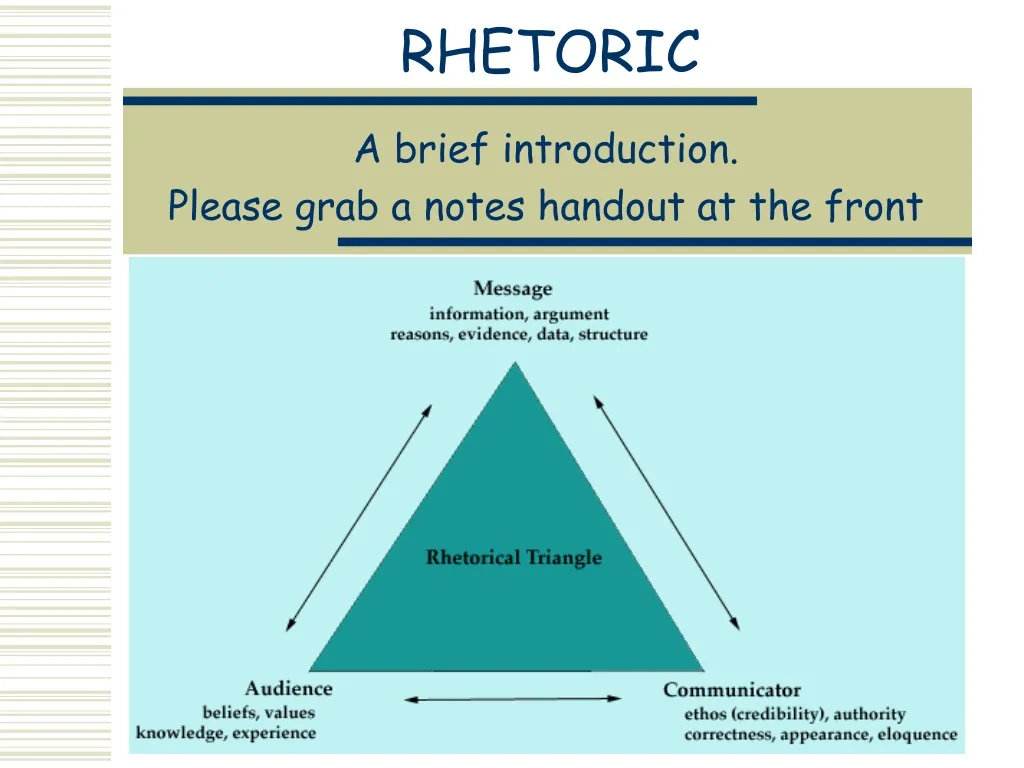

One of the most common moves is the Background, Aim, Method, Results, and Conclusion (BAMRC). 2 2 2Ī rhetorical segment in traditional abstract displaying a sign of particular function is frequently referred to as a move. Paraules clau: noms metadiscursius, noms encapsuladors, cohesió, persuasió, discurs acadèmic. En definitiva, tot i que els estudiants quasigraduats d'Estudis Anglesos mostren que coneixen les convencions del gènere, els resultats millorarien si, durant el desenvolupament del grau, s'incidís en l'elaboració de resums de treballs acadèmics (abstracts), sobretot pel que fa a l'organització de la informació. Les diferents parts l'estructura textual semblen condicionar el tipus de nom emprat. Els resultats palesen que els estudiants de nivell avançat d'anglès com a llengua estrangera utilitzen una àmplia gamma de substantius abstractes i segueixen patrons d'ús que s'assemblen als dels experts acadèmics (Jiang i Hyland 2017).

153-178 Abstract nouns as metadiscursive shells in academic discourse aquest gènere acadèmic. El treball aborda també el potencial retòric i persuasiu d'aquests noms abstractes en 154 Mercedes Díez Prados Caplletra 64 (Primavera, 2018), pp.

A partir de les propostes de Schmid (2000) i Jiang i Hyland (2016, 2017), aquest article explora la funció metadiscursiva d'aquests noms com a encapsuladors d'informacions complexes en un corpus de resums acadèmics elaborats per estudiants universitaris per als seus Treballs de Final de Grau. Considerats mecanismes cohesius, atès que el seu signi-ficat discursiu es determina per referència al context en què apareixen, han rebut denominacions diverses en la bibliografia anglosaxona (anaphoric, signaling, carrier, shell o metadiscursive nouns). Resum: El discurs acadèmic es caracteritza per l'abundància de noms abstractes, com ara anàlisi, recerca, procés, concepte, aproximació o rol. All in all, advanced English Studies majors are aware of academic disciplinary conventions but would benefit from training in abstract writing, particularly in the distribution of the text's moves. Different moves in the text seem to influence the type of noun employed. The results show that advanced EFL writers deploy a wide range of abstract nouns in patterns that resemble those of scholars (Jiang & Hyland 2017). The rhetorical, persuasive potential of these abstract nouns in this type of academic discourse is also addressed. This paper explores the metadiscursive role of shell nouns in a corpus of academic abstracts written by university students for their Senior Theses, based on Schmid's (2000) and Jiang and Hyland's (2016, 2017) proposals.
#5 rhetorical moves full#
These nouns are considered cohesive devices since their full content is determined by referring to their context and they have received numerous denominations (anaphoric, signaling, carrier, shell or metadiscursive nouns). These findings tend to indicate a need for journal editors and novice writers, especially those from non-English backgrounds to be informed about the characteristics of good RA abstracts in English (i.e., rhetorically and linguistically) and an increased amount of form-based instruction in academic courses to address the linguistic deficiencies of new multilingual writers.Īcademic discourse is characterized by an abundance of abstract nouns such as analysis, research, process, concept, approach or role. Regarding the linguistic features, there was a prominent presence of active voice, future tense and the sparing use of interactional meta-discourse devices across the moves. Moreover, this abstract corpus had a few instances of move embedding, a complete absence of move cycles and the existence of abstracts with several paragraphs. The results show that there were three types of abstracts (Informative, Indicative and Combinatory) and the absence of certain moves in a large number of abstracts of each type. Based on the corpus of 584 English abstracts of Thai empirical RAs published by six Rajabhat (teacher-training) university journals which are indexed in the Thai-journal citation index center (TCI), this study aims to explore not only their rhetorical structures but also the grammatical and interactional metadiscourse features. Writing an effective abstract in English which can "sell" the article to a wider circle of readers is therefore important to novice writers, especially multilingual ones. Abstracts are an essential part of research articles (RAs) because they are the readers' first encounter in their search for relevant literature.


 0 kommentar(er)
0 kommentar(er)
